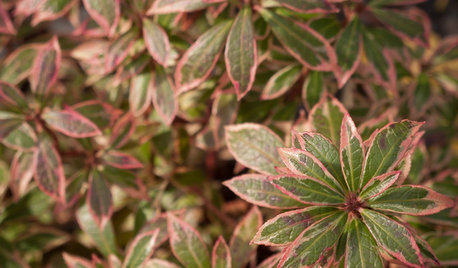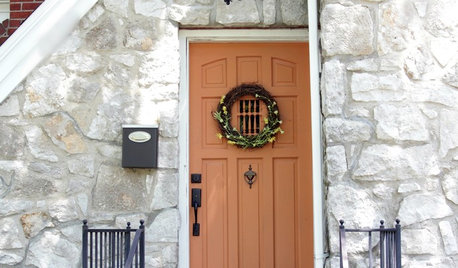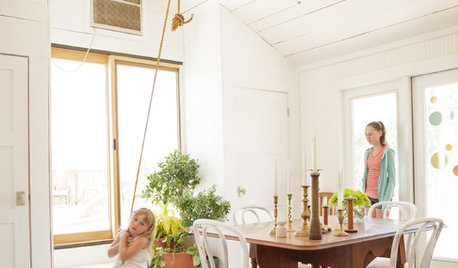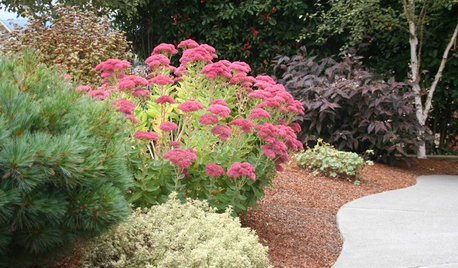Starting a new heath/heather bed
SHWGeek
19 years ago
Related Stories

GARDENING GUIDESGreat Design Plant: Little Heath Andromeda Brings 4-Season Color
Rosiness in the cool months and fragrant white flowers in spring help make this shrub a winner — and hummingbirds love it too
Full Story
GARDENING FOR BUTTERFLIESGreat Design Plant: Scotch Heather
The moors aren't all moody, as this prettily colored evergreen shrub proves. Plant it en masse for an epic romance in your own garden
Full Story
HOUZZ TOURSHouzz Tour: Vintage Style With a Fresh Twist
Heather and Stu Freeman embrace the style and quirks of their 1940s Missouri home
Full Story
LANDSCAPE DESIGNDitch the Ordinary Ditch: Create a Realistic Dry Creek Bed
Here’s how to turn your water runoff system into an eye-catching accent for your landscape
Full Story
DECORATING GUIDESThe Secret Formula for Perfect Pillow Arrangements
For a polished look on sofas and beds every time, keep this simple ratio for pillow arranging in mind
Full Story
ECLECTIC HOMESHouzz Tour: New Mexico House Grows With a Designing Family
A builder and a decorator settle down on a mesa property and create a warm home filled with their favorite things
Full Story
HOUZZ TOURSMy Houzz: Color at Play in a Massachusetts Townhouse
Whimsical graphics, bold colors and eclectic style set the tone in this family’s home
Full Story
HOUZZ TOURSMy Houzz: Travel, Art and Creative Layering Mix in Vancouver
Personality reigns in this eclectic Canadian waterfront home, thanks to the owners' artistic approach
Full Story
GARDENING GUIDESPacific Northwest Gardener's August Checklist
Deadheading perennials, cutting raspberry canes and preparing for the onion harvest keeps Northwest gardeners busy in August
Full Story
RANCH HOMESMy Houzz: Paint and Pluck Revamp a Portland Ranch
A 1930s fixer-upper becomes a cheery and personal home at the hands of an industrious homeowner
Full Story





hardrockkid
SHWGeekOriginal Author
Related Professionals
Surprise Landscape Contractors · Alpharetta Landscape Contractors · Bergenfield Landscape Contractors · Downey Landscape Contractors · Firestone Landscape Contractors · Hannibal Landscape Contractors · Holland Landscape Contractors · Paramus Landscape Contractors · Secaucus Landscape Contractors · Selden Landscape Contractors · Shirley Landscape Contractors · Sun City Center Landscape Contractors · Oxon Hill Landscape Contractors · North Potomac Fence Contractors · Goleta Fence Contractorshardrockkid
NHBabs z4b-5a NH
Melindahelm